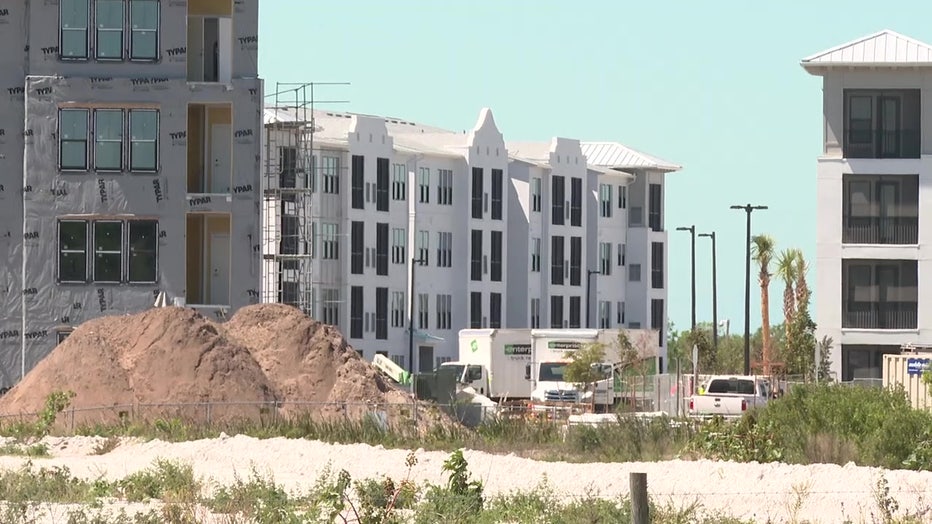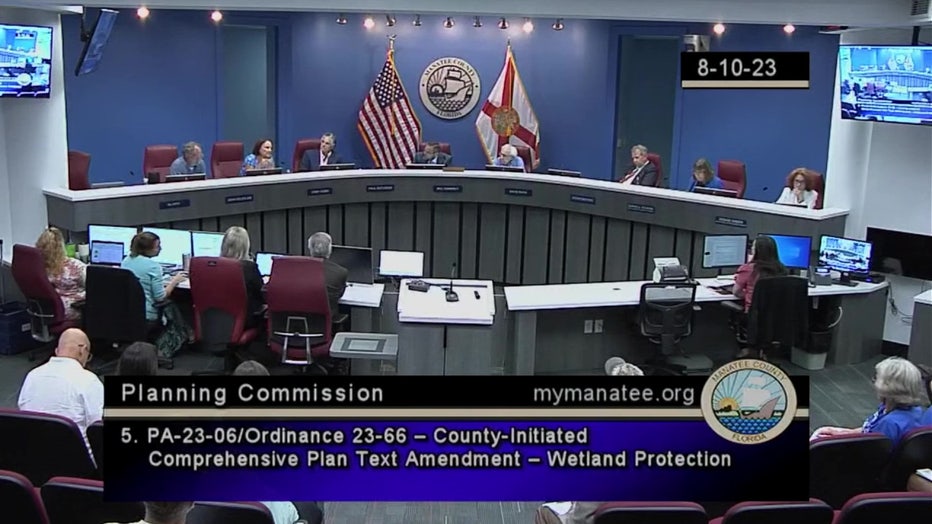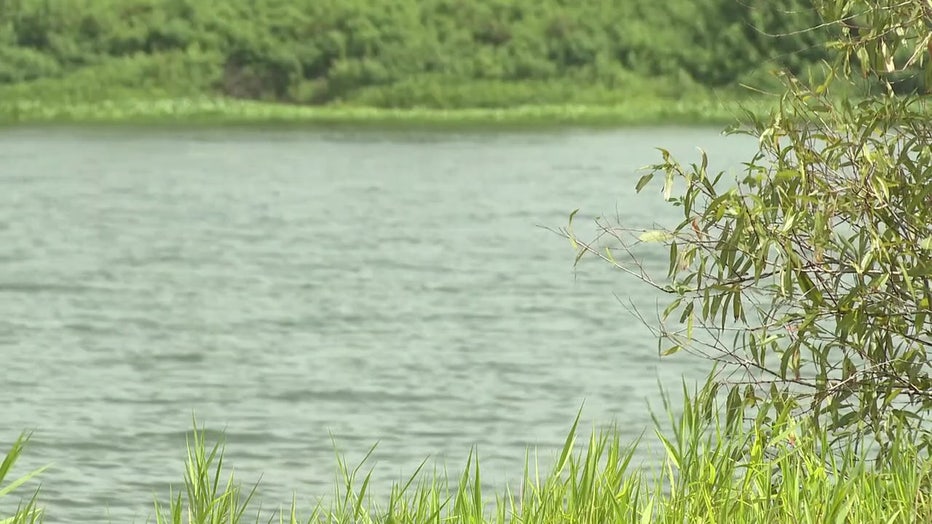Manatee County votes on wetlands protections, residents concerned over potential changes

Wetlands protections in Manatee County
Manatee County requires a 30 to 50 foot buffer zone between wetlands and development. However, some say the less strict state guidelines are good enough for the county too.
BRADENTON, Fla. - A packed room full of Manatee County residents expressed their concerns over potential changes to wetlands protections.
"We are turning Manatee County from a beautiful, beautiful place to a concrete jungle. This is not the answer," said one woman.
The county hired land use planner, Daniel Delisi, as a consultant to review its comprehensive plan for wetlands protections.

Some residents don't want their wetlands impacted by new developments.
Currently, Manatee County requires a 30 to 50 foot buffer zone between wetlands and development. Which is at least twice as large as the buffer zone required by the state.
READ: Conservation groups file lawsuit seeking gopher tortoise protections
Delisi, whose website lists developers like Medallion Homes, Lennar Homes and DR Horton as clients, said the state’s smaller buffer zone is good enough.
"Both have the same intent to protect the natural environment. I believe the state does a great job in doing that. From that point, you don’t need two sets of different regulations to get to the same intent," he said.

County Commissioners have the final say on protections.
Scientists, including Suncoast Waterkeepers Executive Director, Abbey Tyrna said the larger buffer zone leads to healthier wetlands.
"Wetlands are tied to not just water quality, wetlands are tied to our drinking water and wetlands are tied to our wildlife, when you reduce wetlands, you reduce all of that. When you reduce the buffer you also reduce the function of these wetlands," she explained.
READ: Can a scientific 'Noah's Ark' save Florida's coral reef from threatening warm waters?
Residents expressed worries, on how changes could impact the gulf, lakes and rivers in Manatee County. Some members of the planning commission took comments to heart.
"The question we are supposed to answer is this in the public benefit? I don’t think it is," said planning commissioner Cindy Kebba.

The current requirements are 30 to 50 foot buffer zones.
Planning Commissioner Paul Rutledge echoed a similar thought.
"I have a lot more confidence in our local commitment to protection. That’s kind of where I’m at," he said.
A vote four to two recommended against the changes. Board members John DeLesline, Dave Roth, Cindy Kebba and Paul Rutledge voted against the changes.
While Richard Bedford and Bill Conerly voted for the changes. It’ll ultimately be up to the County Commissioners, and they could begin consideration as early as next week.

